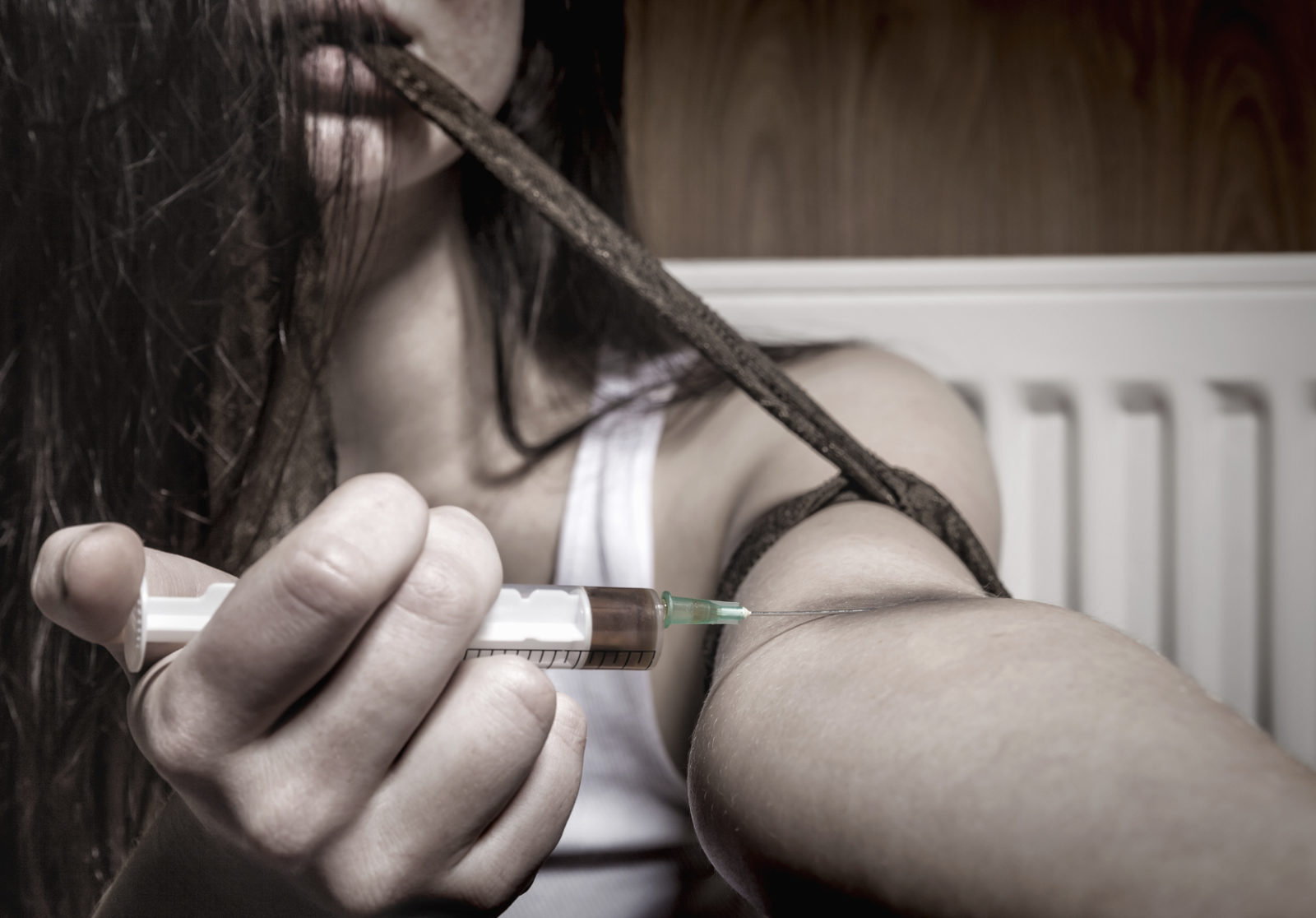SC Coastal Heroin Epidemic Spreads Inland
LAW ENFORCEMENT INVESTIGATING POSSIBLE CAUSE … We’ve written several times now about a You must Subscribe or log in to read the rest of this content.
LAW ENFORCEMENT INVESTIGATING POSSIBLE CAUSE …
We’ve written several times now about a
